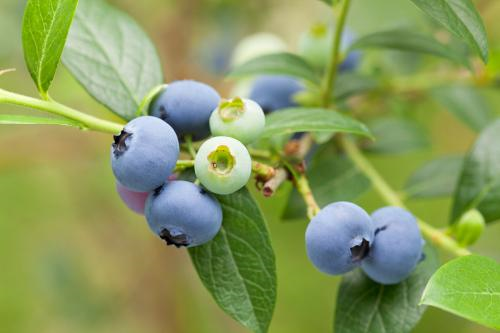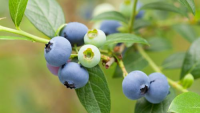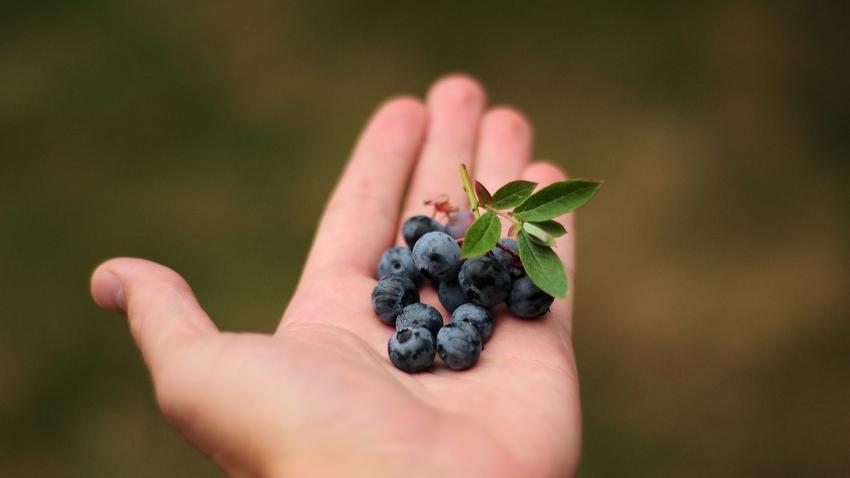You are here
Back to top2017 China Blueberry Annual Report Released - I

Recently, experts from China Good Agri-products Development & Service Association and Chinese Society for Horticulture (Berry Branch), led by Jilin University’s Professor Li Ya Dong, carried out a comprehensive study of the country’s blueberry production. The study employed field visits, research by private enterprises and statistics complied by local government agencies. The final report described in detail China’s blueberry growing area, production volumes, varieties and future projections.
Beginning with 24 hectares in 2001, China’s blueberry growing area has increased to 46,891hectares by 2017. During this same period, production volume rose from zero to 114,905 tons. There are now significant blueberry growing areas in 27 provinces and central government direct-controlled municipalities. Shandong, Guizhou and Liaoning provinces were among the first to have commercial growing of blueberries. With increasing support by provincial government, Guizhou’s blueberry growing areas has rapidly expanded, rising to 13,000 hectares by 2017, producing 30,000 tons. These numbers made Guizhou the number one blueberry producing province of China, both in terms of total growing area and production volume, followed by Lioaning (5,000 hectares, 15,000 tons) and Shandong (4,667 hectares, 15,000 tons). In recent years, blueberry growing areas in Jiangsu, Hubei, Sichuan and Yunnan provinces have also increased rapidly, leveraging on their geographic advantage and quality of their varieties. Despite being the first to enter into commercial growing of blueberries, Jilin province’s blueberry industry progressed rather slowly. By 2017, its total growing area is 1,994 hectares, with a production volume of 2,800 tons. Jilin ranks tenth in China’s blueberry industry.
Greenhouse and cold shed cultivation (frames mounted with thin plastic sheets) are the two methods used for growing blueberries in China. In 2017, blueberry farms using greenhouse method accounted for 1,10 hectares of growing area, yielding 8,520 tons of production. Out of these, 400 hectares are in Liaoning, with a production of 3,000 tons. Shangdong (300 hectares, 2,000 tons) ranks second and Tianjin Municipality (200 hectares, 1,500 tons) ranked third. On the other hand, Liaodong and Jiaodong peninsulas use cold shed cultivation. Using this method, the berries would take 15 to 20 days less to ripen. This increases yield. Cold shed cultivation has the relative advantage of preventing the trees from bearing too many fruits which hence would become under nourished while the trunks weaken and become fragile. Particularly the blueberry trees would be 2 meters tall during their mature production period. Putting mud onto shelters to protect them from low temperature could be very difficult to manage. All these have led to the increasing adoption of this cultivation method in the last 5 years. By 2017, the total growing area using cold shed cultivation reached 1,315 hectares, giving a production of 8,520 tons. In cold shed cultivation, Shandong leads the rest of the peck, accounting for 75% of the total blueberry growing area and 82% of production.
Photo source: Baidu
















Add new comment